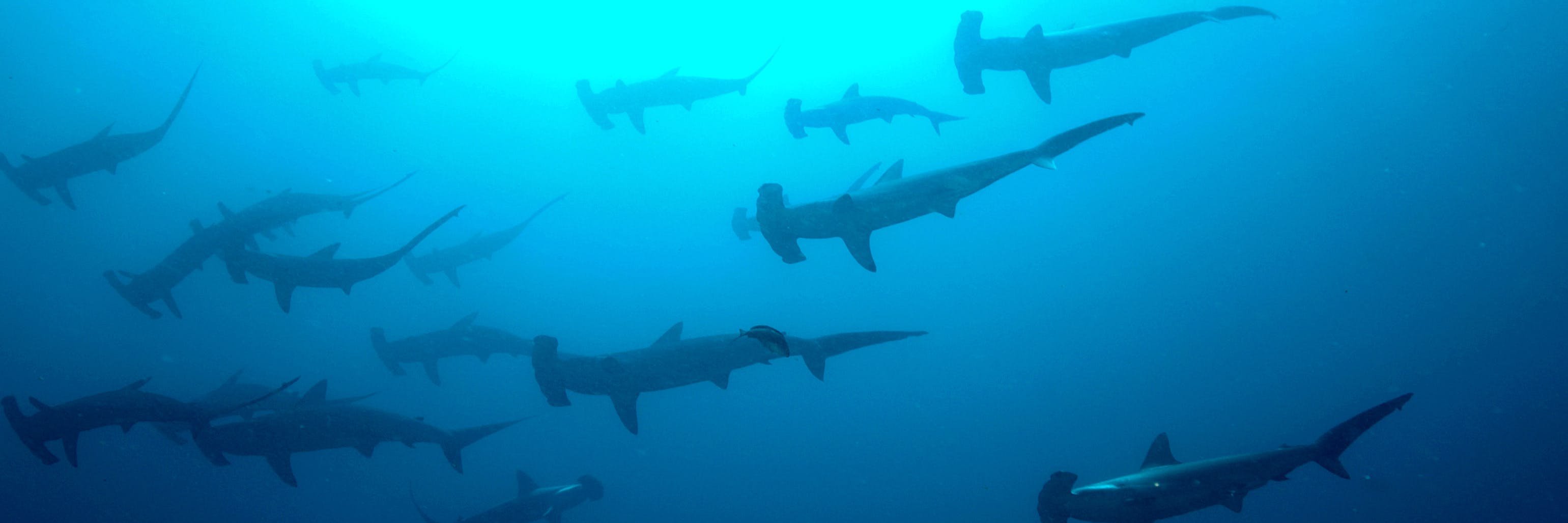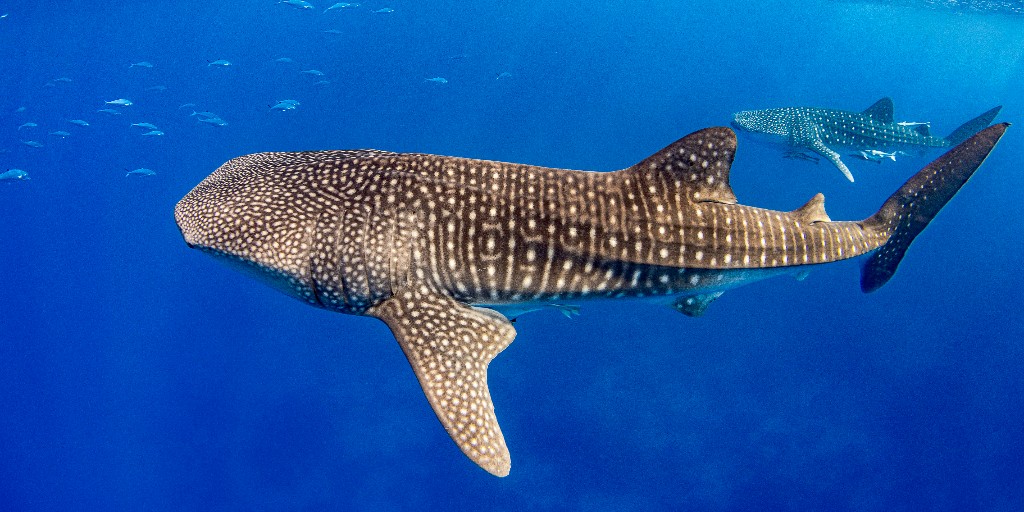
Shark Conservation Fund
@SharkRayFund
SCF is a philanthropic collaboration focused on halting the overexploitation of the world’s sharks and rays, preventing extinctions, and restoring populations.
Big news! The #SharkConservationFund has been making waves in global conservation of #SharksAndRays since 2016. 🦈✨ Our newly updated Investment Strategy will pave the way for another 5️⃣ historic years of #SharkConservation progress. Stay tuned for exciting updates!

Mangroves protect shorelines, support water quality, & give baby #sharks a safe place to grow. 🌿 Their tangled roots shelter the young sharks from bigger predators, making them ideal nurseries. Mangroves are vital for sharks, for us, & for a healthier ocean. #WorldMangroveDay

Like so many, #SharkConservationFund’s Executive Director, Lee Crockett, was terrified when he first saw #Jaws 50 years ago. Since then, he’s devoted decades of his career to ocean conservation, now specifically focused on sharks. How does fear turn to fascination? Dive in:…
This #SharkWeek, let’s celebrate improved global shark and ray management at a rate and scale that was previously lacking, according to a recent study co-authored by WCS. This is due to implementation of @CITES listings. Gaps remain, though. bit.ly/3Tn1cPi
SCF is proud to support @fmalpelo to protect scalloped #hammerhead sharks in Colombia 🇨🇴 Thanks to 3 years of work with coastal fishing communities, incidental catch of the species is down 90%, saving an estimated 1,000 #sharks annually! 🦈

Why only celebrate sharks one week a year? 🦈 As the wildly popular #SharkWeek continues, here’s a throwback to a previous Medium piece highlighting important facts about the species and our dedicated partners fighting for these key conservation wins. moorecharitable.medium.com/trust-science-…
More than 70 species of #sharks and #rays have been proposed for stricter protections under CITES. But what is @CITES, how does it work, and what role does it play in #shark conservation? Read below for a great overview by @whysharksmatter: bit.ly/44Y4az4

Like so many, #SharkConservationFund’s Executive Director, Lee Crockett, was terrified when he first saw #Jaws 50 years ago. Since then, he’s devoted decades of his career to ocean conservation, now specifically focused on sharks. How does fear turn to fascination? Dive in:…
Lee Crockett, executive director of @SharkRayFund, lends his decades-long expertise in marine life and its preservation, and outlines the progress we have seen in bolstering #shark populations in our recent Medium piece.🦈 moorecharitable.medium.com/why-the-narrat…
Each year, @sharkrayfund releases a report highlighting the challenges and opportunities facing shark populations. 🦈 While the data may be startling, the vital work of these conservationists is raising awareness about this keystone species. #SaveOurSharks assets.takeshape.io/64938fe1-48d9-…
Sharks have impressive eyesight 👀 – even those that live in the deep sea! Species like #threshersharks evolved big eyes to capture as much light as possible in the darker depths of the ocean.

Like fingerprints in humans, no two #whalesharks have the same spot pattern. This allows researchers to identify individuals by their unique markings, aiding in population monitoring and conservation efforts. 📸: Renata Romeo / Ocean Image Bank

#Sharks are often misunderstood. But dive deeper, and their vital roles in ocean health & the urgent need to protect them become clear. The decline of sharks & rays mirrors the wider decline in ocean health - to save our oceans, we must save its sharks. #SharkAwarenessDay
#Rays, skates, & bottom-dwelling #sharks are stirring things up! By digging & stirring sediment on the seafloor while foraging or hiding, they perform a natural process called #bioturbation - oxygenating the ocean floor and creating microhabitats.
NEWS: @CITES shark and ray listings have driven improved global shark and ray management at a rate and scale that was previously lacking, says new study. Uneven implementation underscores urgent need for continued investment. ▶️ bit.ly/3Tn1cPi
Did you know sharks often hear prey first? Low-frequency sounds guide them toward potential food from far away. How how sharks sense their world, from farthest distance to closest: 🔊 Hearing 👃 Smell 🌊 Lateral line (water movement) 👁️ Vision ⚡ Electroreception 👅 Touch &…
International trade regulations for sharks work – if followed by proper implementation. New #SharkConservationFund supported study finds that #CITES listings can boost national protections, but enforcement gaps remain to save the most threatened species. @TheWCS Read:…

Species like #whalesharks, #mantarays & #oceanicwhitetips are hurtling toward extinction. 7 New proposals for #CITESCoP20 seek to halt unsustainable & illegal trade of these key species. Thanks to Panama, Ecuador, Senegal, Benin, EU, UK, Brazil, Maldives for leading. Read…